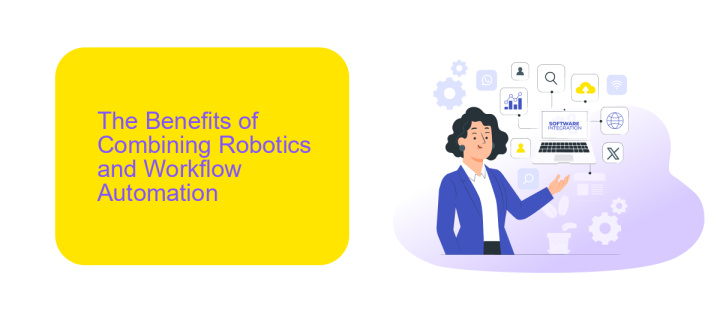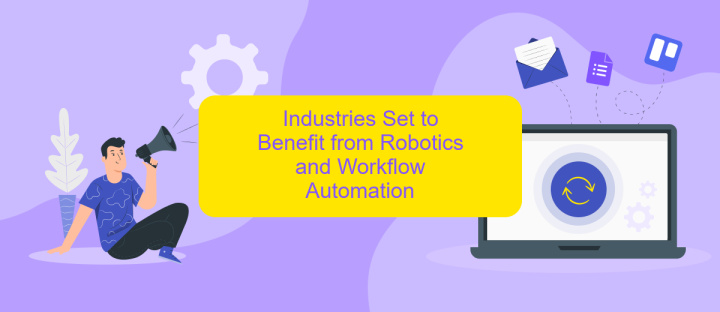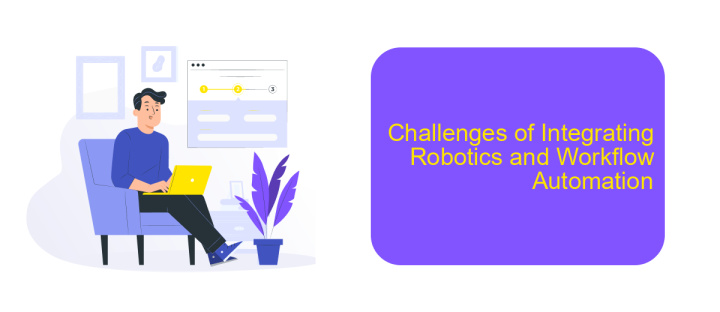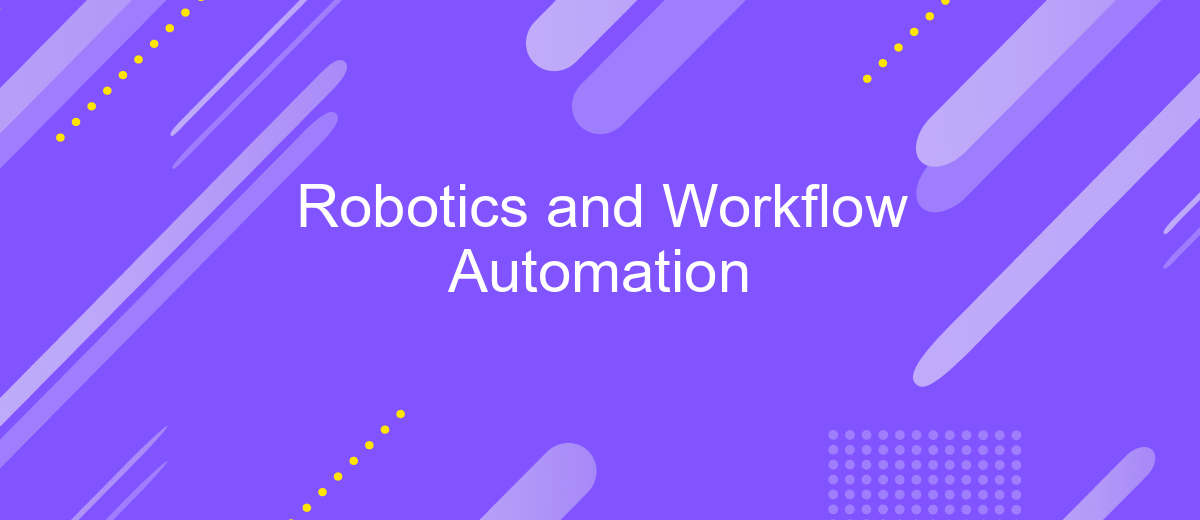Robotics and Workflow Automation
In today's rapidly evolving technological landscape, robotics and workflow automation are transforming industries by enhancing efficiency, accuracy, and productivity. From manufacturing to healthcare, these advanced systems streamline processes, reduce human error, and free up valuable human resources for more strategic tasks. This article explores the latest trends, benefits, and challenges associated with the integration of robotics and automation in various sectors.
Introduction: The Intersection of Robotics and Workflow Automation
Robotics and workflow automation are revolutionizing industries by streamlining processes and increasing efficiency. These technologies are not just limited to manufacturing; they are making significant impacts in fields such as healthcare, finance, and customer service. By integrating robotics with workflow automation, businesses can achieve higher productivity and reduce human error.
- Enhanced operational efficiency
- Reduction in manual labor
- Minimization of errors
- Cost savings
- Improved data accuracy
One of the key aspects of successful integration is the use of platforms like ApiX-Drive, which facilitate seamless connectivity between various software applications and robotic systems. By leveraging such tools, companies can automate complex workflows without extensive coding knowledge. As a result, the intersection of robotics and workflow automation is creating new opportunities for innovation and growth across multiple sectors.
The Benefits of Combining Robotics and Workflow Automation

Combining robotics and workflow automation offers numerous advantages, significantly enhancing operational efficiency and productivity. By integrating robotic systems with automated workflows, businesses can streamline repetitive tasks, reduce human error, and accelerate processes. This synergy allows for real-time data processing and decision-making, enabling organizations to respond swiftly to changing market demands. Furthermore, it reduces the burden on human workers, allowing them to focus on more strategic and creative tasks, ultimately driving innovation and growth.
One of the critical benefits of this integration is the seamless connectivity between various systems and applications. Services like ApiX-Drive facilitate this by providing robust tools for setting up integrations without the need for extensive coding knowledge. ApiX-Drive's platform enables businesses to connect their robotic systems with existing software effortlessly, ensuring smooth data flow and enhancing overall operational coherence. This not only saves time but also ensures that all components of the business ecosystem work harmoniously, leading to improved efficiency and better outcomes.
Industries Set to Benefit from Robotics and Workflow Automation

Robotics and workflow automation are revolutionizing various industries by enhancing efficiency, reducing operational costs, and improving accuracy. The adoption of these technologies is set to bring significant benefits to numerous sectors.
- Manufacturing: Automation in manufacturing can streamline production processes, reduce human error, and increase output.
- Healthcare: Robotics can assist in surgeries, patient care, and administrative tasks, leading to better patient outcomes and reduced workload for healthcare professionals.
- Finance: Workflow automation can expedite processes such as loan approvals, fraud detection, and customer service, resulting in faster and more reliable financial services.
- Retail: Automation in inventory management, customer service, and supply chain logistics can enhance the shopping experience and optimize operations.
- IT Services: Tools like ApiX-Drive can facilitate the integration of various software and systems, ensuring seamless data flow and process automation across IT infrastructures.
As these industries continue to adopt robotics and workflow automation, we can expect to see significant improvements in productivity, cost-efficiency, and service quality. The future holds immense potential for these technologies to transform the way businesses operate and deliver value to their customers.
Challenges of Integrating Robotics and Workflow Automation

Integrating robotics and workflow automation into existing business processes presents several challenges. One of the primary issues is the complexity of integrating new technologies with legacy systems. Many companies have established infrastructures that may not be compatible with modern automation tools, requiring significant time and resources to update.
Another challenge is the need for specialized skills and knowledge. Implementing robotics and workflow automation often necessitates expertise in both IT and operational processes, which can be difficult to find and expensive to hire. Additionally, there is the risk of job displacement, as automation can potentially replace human roles, leading to resistance from employees.
- Compatibility with legacy systems
- Requirement for specialized skills
- Potential job displacement
- High initial investment costs
To address these challenges, businesses can leverage services like ApiX-Drive, which facilitate the integration of various automation tools with existing systems. By using such platforms, companies can streamline the integration process, reduce the need for extensive coding, and minimize disruption to their operations. This approach allows businesses to harness the benefits of robotics and workflow automation more efficiently.
- Automate the work of an online store or landing
- Empower through integration
- Don't spend money on programmers and integrators
- Save time by automating routine tasks
Future Developments in Robotics and Workflow Automation
The future of robotics and workflow automation is poised to revolutionize various industries through enhanced efficiency and precision. Emerging technologies such as artificial intelligence, machine learning, and advanced sensors will enable robots to perform increasingly complex tasks with minimal human intervention. These advancements will not only improve productivity but also create safer working environments by taking over hazardous tasks. Additionally, the integration of Internet of Things (IoT) will allow robots to communicate and collaborate seamlessly, further optimizing workflows and reducing downtime.
Another significant development is the rise of no-code and low-code platforms for workflow automation, making it accessible to businesses of all sizes. Services like ApiX-Drive are leading the way by offering user-friendly tools that facilitate the integration of various applications and systems without the need for extensive programming knowledge. This democratization of technology empowers organizations to streamline their processes, reduce operational costs, and respond more quickly to market changes. As these technologies continue to evolve, we can expect a future where automation is deeply embedded in the fabric of everyday business operations.
FAQ
What is Robotics and Workflow Automation?
How can Robotics and Workflow Automation benefit my business?
What types of tasks are suitable for automation?
How do I get started with Workflow Automation?
Is Workflow Automation secure?
Routine tasks take a lot of time from employees? Do they burn out, do not have enough working day for the main duties and important things? Do you understand that the only way out of this situation in modern realities is automation? Try Apix-Drive for free and make sure that the online connector in 5 minutes of setting up integration will remove a significant part of the routine from your life and free up time for you and your employees.


